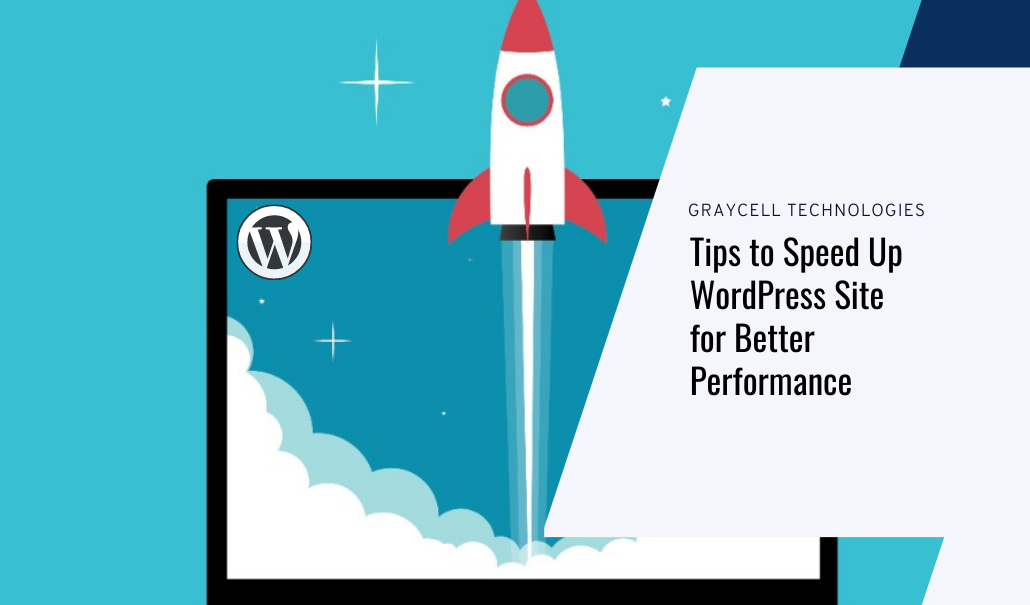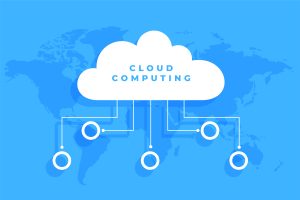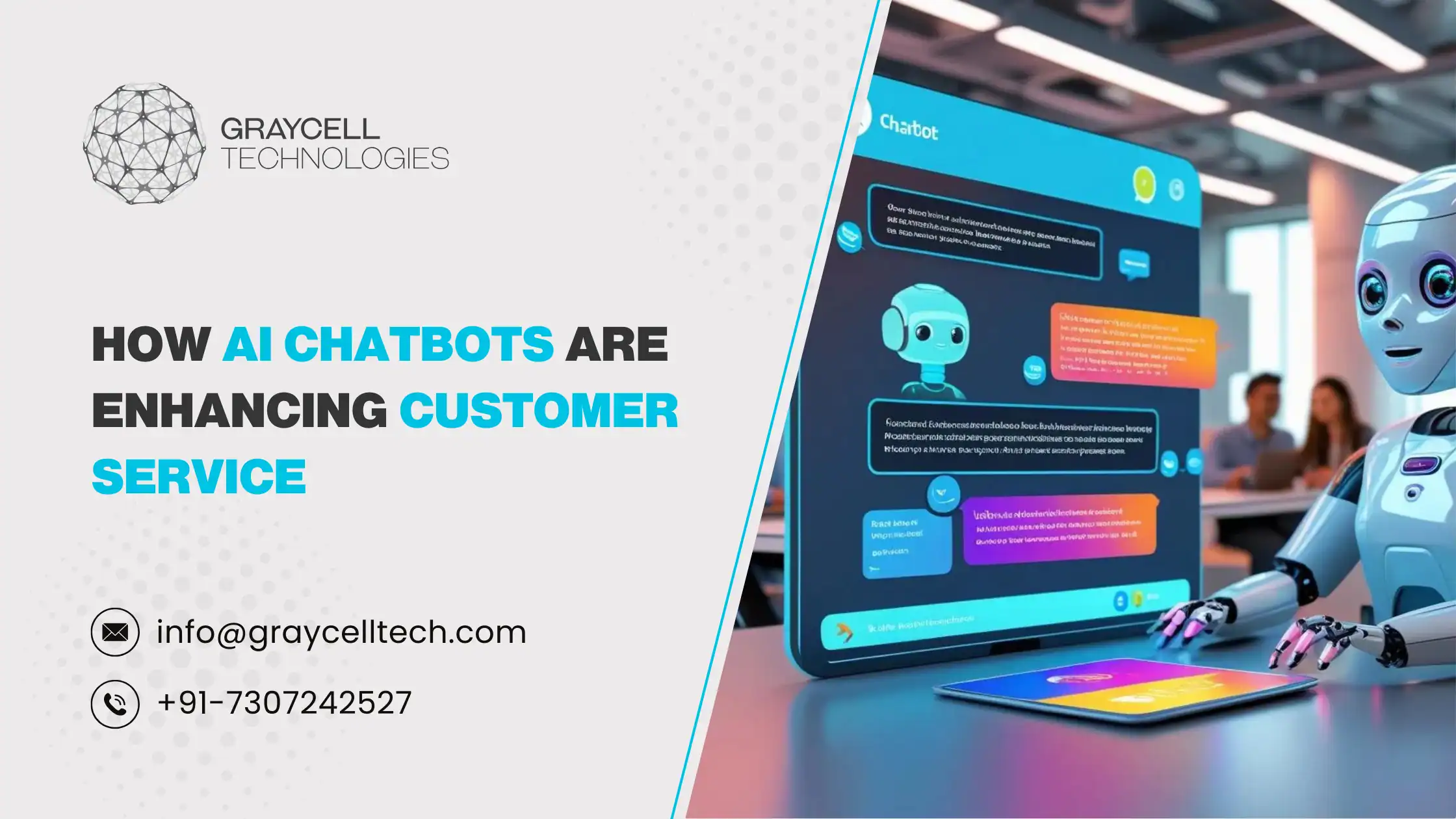WordPress is an easy and powerful web development tool that is used to create over 75 million websites. Like other websites’ development platforms, in WordPress you will need themes, plugins, and other tools to make your website look perfect. There are many people who focus on the design and content of the website and forget to check the load time of the website.
Website load time will affect your user experience, search engine ranking, conversion rate, bounce rate, and revenue as well. Without proper optimization, you will realize your site will get slower over time. With appropriate management of your images, content, themes, and plugins you can improve your site speed.
Why Is Site Loading Speed Important?
When a website takes too long to load, it increases the bounce rate and decreases the impression & conversion rate. Website site speed matters not only for better user experience, but also for higher ranking in SERP (search engine result page). Google announced back in 2018 that mobile site speed affects your SERP rank.
Search engines like Google and Bing give more priority to fast-loading sites than the slow-loading ones. Studies have shown that if your site takes more than 2 seconds to load, then approx. 45 percent of the visitors bounced off the website. It also shows that user conversion rates drop by an average of 5.5 % with every increased second of load time.
And if you have an E-Commerce platform, then you have to know online buyers are the most impatient in terms of speed. They expect the E-Commerce page to load within a second. According to Amazon, one-second slowdown of their page would cost them $1.6 billion in yearly sales.
- 79% of consumers come back, if a web page loads within two seconds or less.
- 40% never come back if a web page takes more than three seconds to load.
- One-second delay of site speed reduces consumer conversions by 7%.
When it comes to visitor conversion, every second counts. So, if you want to get a better conversion rate then you can’t ignore the faster loading speed of your website.
How to Check Your Website Speed?
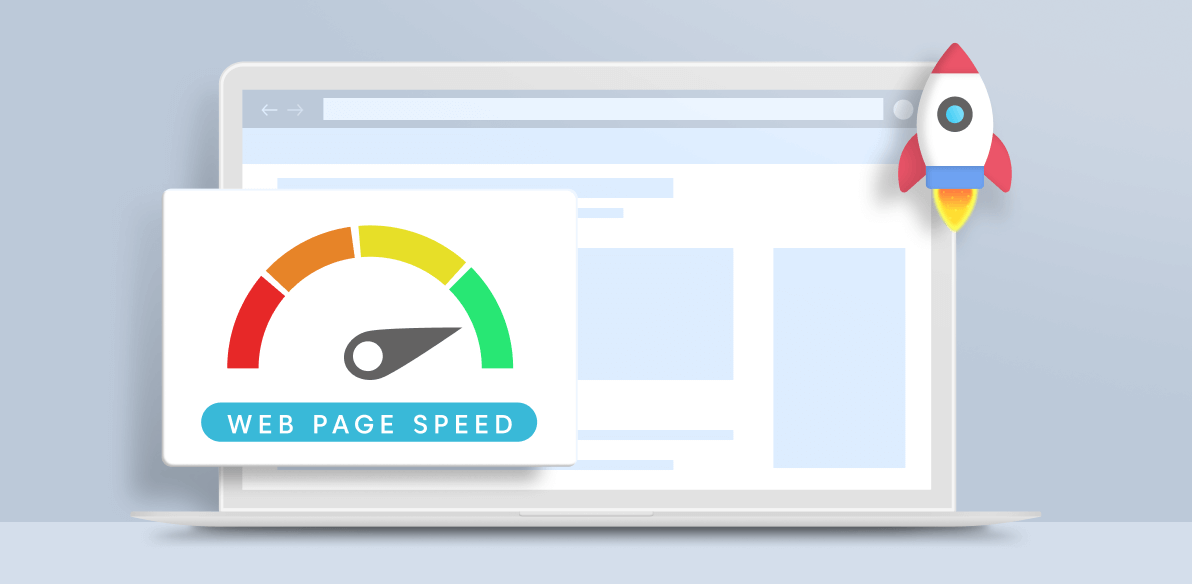
If you think you have a fast-loading website, it could be because you frequently visit your website. Modern browsers store frequently visited websites in the cache, and this makes your website load instantly. A first-time visitor may not have the same experience.
Before you start making any changes to improve the site speed, first check your current website speed. There are numerous speed testing tools available across the web that can help you to monitor your website loading speed. Some of these are:
- WebPageTest – Free to use and provides you useful data.
- Google PageSpeed Insights – It gives you real-world speed data.
- GTmetrix – Starting price is $14.95 per month but quite flexible.
With such tools, all you need to do is enter the URL of the page and the tool will give you all the website performance related data.
How Fast Should a Site Load?
According to Google, keep your loading times at 2 seconds or less. Research shows that if your site speed is more than three seconds, the bounce rate of your site increases by 32%. In sites that take five seconds or more to load, their bounce increases by 90%.
- 0 to 2 seconds – Fine
- 3 to 4 seconds – Needs improvement
- 5 to 6 seconds – Poor
- 6 to 10 seconds – Very poor
What Slows Down Your WordPress Website?
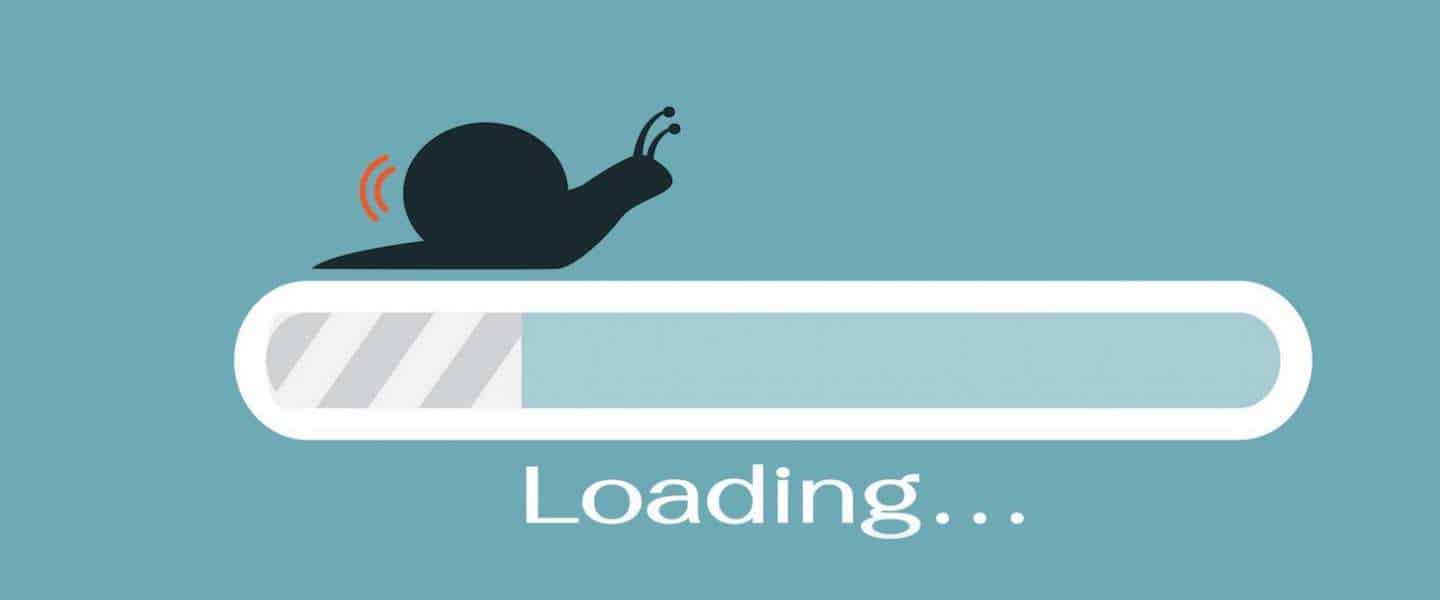
Basically, there are two categories of issues that could be slowing your WordPress site down. The first one is Backend performance which includes hosting problems like how long it takes your server to deliver files and the second one is Frontend performance which includes
- Poor site optimization
- Poorly-optimized WordPress plugins
- Using large size images
- Using too many third-party scripts
- Using a heavy WordPress theme
- Using optimized CSS or JavaScript
Tips for Speeding up WordPress site
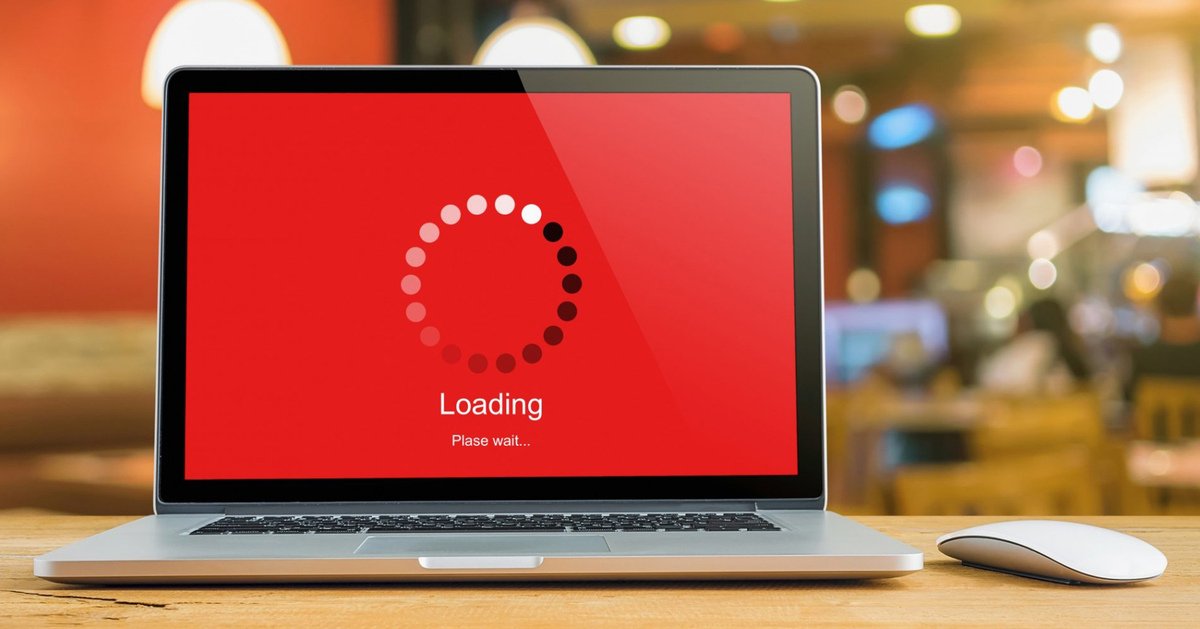
- Use a Speed-Optimized WordPress Theme
A WordPress theme is a website’s base structure. The theme which is in a small file size sends fewer server requests while loading the theme and this decreases the load time automatically. Themes that come with high-quality images and effects look attractive, but they will slow your page performance.
Instead of picking high-end and attractive themes, pick a simple one with only the necessary features for your website. For more high end effects and features, you can use plugins and CSS.
- Update WordPress and PHP to The Latest Version
The easiest and most basic way to speed up WordPress websites is just to update to the latest version. These updates bring new features like security and bug fixes. By using the latest version of WordPress on your site, you’ll improve your overall performance.
To check whether you are using the latest version of WordPress or not, go to your WordPress Dashboard’s Updates section. If you are using an older version, then update to the latest version for better performance.
- Removing Unnecessary Plugins
By installing plugins, you can expand your website functionality easily. The more plugins you install on your website, the more time it takes to load. Running too many plugins at once can cost your site to slow down. It doesn’t matter if you are using added plugins or not, there is a chance it’s doing unnecessary work in the background.
Removing unnecessary plugins is important because it increases the size of the backup and puts extra load on your server while backup files are being generated. Before deleting plugins, first deactivate the plugin and test your site if everything is working fine, then you can delete it.
- Minifying CSS, HTML, and JavaScript Scripts
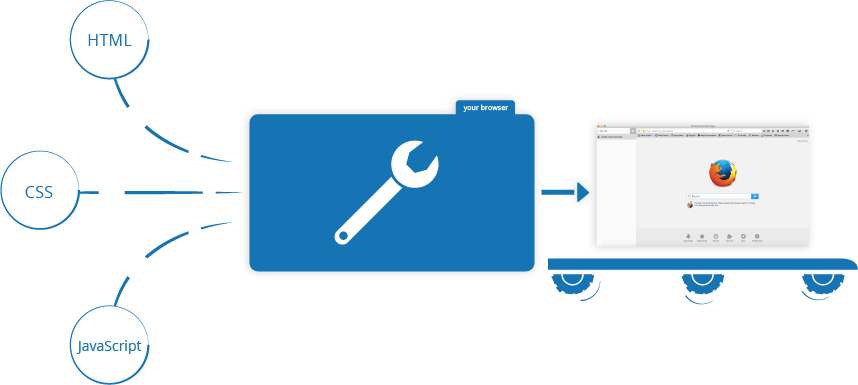
Minifying is the most common and useful technique to increase the speed of the WordPress site. It reduces the file size by removing unwanted spaces, comments, and line breaks. The smaller you can make these, the faster your pages will load.
There are two ways to minify these files, one is the manual method, in which you can manually decrease the file size one by one and another one is to use a free WordPress plugin like Breeze, Autoptimize, etc. These plugins scan your JavaScript files, HTML, and CSS files, delete unwanted code, and decrease the file size.
- Enabling Gzip Compression
Compressing files can save a lot of disk space; the same as in WordPress websites you can use GZIP compression. GZip compression allows you to reduce the size of your WordPress website content by 70%. GZIP compresses websites files so that whenever a visitor wants to access your website their web browser will automatically unzip them. This method of transmitting website content from the server to the web browser can save a lot of time.
There are plenty of free Gzip compression tools available across the internet. If you are not familiar with these tools then you can use Gzip compression plugins as well.
- Optimizing Images
High-quality images can increase your content value, but they are also the biggest reason behind slow websites. That’s because high-quality images take more time to load. To speed up your site, you have to reduce the size of your images without reducing the quality.
You can reduce the image size with the help of image compression tools and you can use WordPress image optimization plugins as well.
- Using a CDN
If a visitor is accessing your website from the Netherlands, but your web server is located in India, then your site will take more time to load. To solve this issue, you can use the benefits of CDN (content delivery network). It is a geographically distributed network of data servers. A CDN will host your static website files across multiple servers in different countries at once.
Each server stores a copy of your website’s images, CSS and JavaScript. After using CDN, each data request that your web server receives is then shifted to the nearest data server to the visitor’s location. You can buy CDN service from your hosting provider.
- Optimizing Database
Optimize your database regularly because your database may contain useless data like older drafts. By cleaning the database regularly, you can reduce your database’s workload. There are various WordPress database optimization plugins like WP-Optimize and Advanced Database Cleaner. These plugins automatically remove unwanted data from your database.
- Choose a Good WordPress Host
This is one of the easiest ways to improve the speed of the WordPress site. We all know, quality web hosting is the base of a fast-paced WordPress site. It’s very important to choose a good hosting provider and a plan that meets your requirements and bandwidth. There are several types of hosting available like VPS (virtual private server), WordPress hosting, dedicated hosting, and shared hosting.
Before selecting hosting, first check your website requirement. If you are using a fresh new website with less function and traffic then you can go for shared hosting. But if you are using a well-packed website with thousands of daily visitors, go for VPS. Shared hosting can reduce the load speed of your website.
- Use a Third-Party Source for Video Hosting
Never directly upload videos and audio files to your WordPress site because it increases the loading time of your website. Instead of uploading video and audio directly, use a third-party source like YouTube, Vimeo, and Dailymotion. Every video and image costs your bandwidth, and it will make your WordPress site heavy to store and backup.
WordPress has a video embed feature, you just have to copy and paste your video’s URL directly into your post.
- Turn Off Pingbacks and Trackbacks
Pingbacks and trackbacks are WordPress features that alert you when another site links to your posts. This is a big problem for sites that receive many notifications. With too many notifications, it creates strain on your server’s resources because each notification produces individual requests. These requests can slow down your server and website speed as well.
You can disable pingbacks and by Settings>Discussion. Then, deselect “Allow link notifications” from other blogs on new articles.
- Use a WordPress Caching Plugin
WordPress pages are dynamic. This means pages fly every time someone visits a post or page on your website. To build your pages, WordPress has to run a process to find the required information, put it all together, and then display it to your user. This process involves many steps, and it can slow down your website.
It is recommended to use a caching plugin that simplifies this entire process. Caching can make your WordPress site load 2x faster. This plugin makes a copy of the page and serves that cached version to every visitor. There are many plugins available like WP Super Cache, WP Fastest Cache, etc. that will help you achieve this task.
- Limit the Use of Social Buttons and Widgets
Similar to plugins, unwanted widgets and social buttons can decrease your website load speed. Every social button and widget costs your loading speed by increasing the number of data requests to your database. Use limited social buttons and widgets to get rid of slow speed.
Conclusion
Having a slow-loading website is a fatal mistake, and if you leave this issue unresolved for too long, it means you’re risking the further growth of your website. The biggest advantage of a fast loading website is that it will help you to improve the experience of your visitors but the main thing it improves your website performance on SERPs. It’s worth spending a bit of your time to save your visitors time and the above tips can help you to save time for your visitors and enhance the user experience as well.
